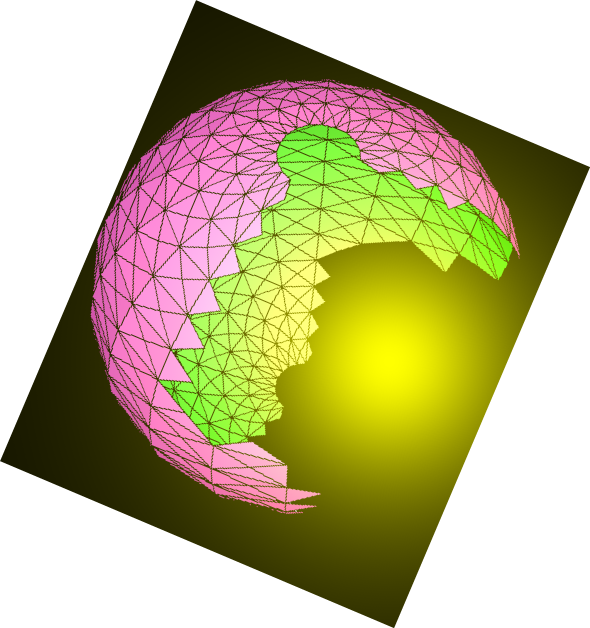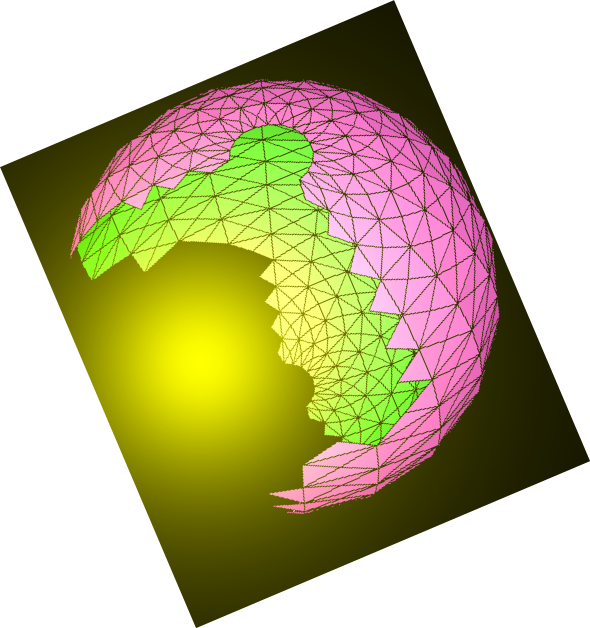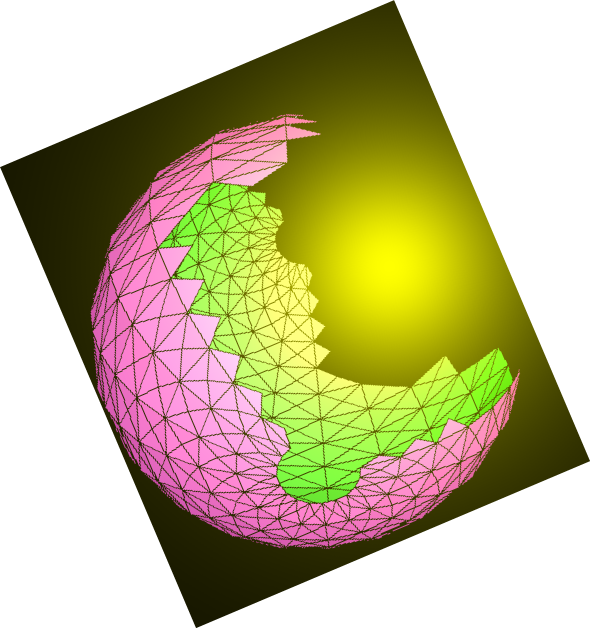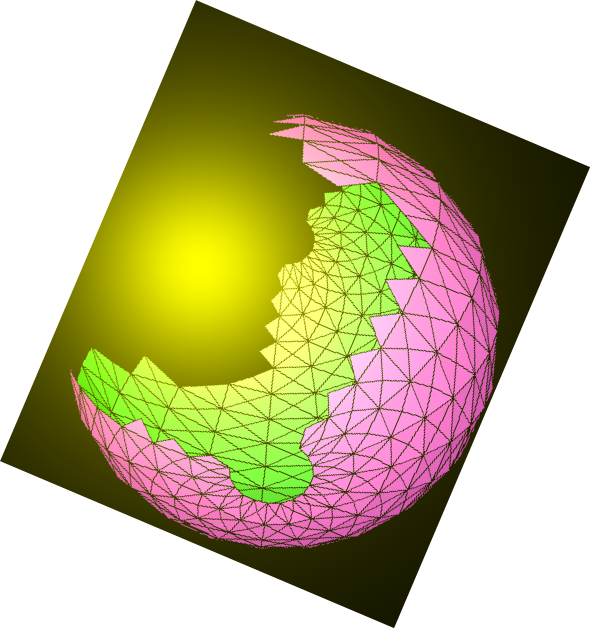
N.S.B. Cosmic Center

Literary Adventures
This page will take you into pieces of literature that are carefully selected for their great content at the literary, scientific, or philosophical level. A short selection will be presented in full. A long one will be divided into sections that will be refreshed regularly. Emphasis and highlights are mostly ours, not made by the original author.
Here is our current selection:
Supernature By Lyall Watson
Part Two - Matter
'What does a fish know about the water in which he swims all his life?'
The Greek philosophers sliced matter up into thinner and thinner sections until Democritus put a stop to the discrimination by declaring that there was a limit beyond which particles became invisible or atomic. More than two thousand years later John Dalton showed that all matter in the universe was composed of basic building blocks, or atoms.
Both of them were right, but we now know that one further division is possible and that atoms can be split into even more fundamental particles. At first it seemed as though these operated on a planetary principle, with electrons travelling in orbit around a central nucleus. More recently it has become apparent that electrons are more like clouds of electricity vibrating with wave patterns. None of this can be seen, but there is clear evidence that at the center of the fog is a collection of nuclear bits and pieces that contain nearly all the mass of the atom and nearly all of its energy. If the atom were to be inflated until it filled an Olympic stadium, this nucleus would be the size of a pea lying alone in the center of the track. There is proportionally as much empty space inside the atom as there is in the universe.
All matter is like this. Take a man and squeeze the empty spaces out of him, like the holes in a sponge, and you are left with a little pile of solid substance no larger than a flyspeck. We are the hollow men and our insubstantial bodies are strung together with electromagnetic and nuclear forces that do no more than create the illusion of matter. In this respect there is little to separate the living from the nonliving; both are composed of the same sparse fundamental particles interacting with each other in the same elementary ways.
The only real difference is that the atoms of life are organised. They have become arranged into self-replicating patterns that defy cosmic chaos by constantly repairing and replacing themselves. Feeding on order, they learn to recognise and respond to it; the more organised they are, the more responsive they become. Life must be in close touch with matter, and at the highest levels this means that it not only takes energy and information from its surroundings but returns them as well.
In this second section I want to look at the ways in which life can influence its environment.
Next

Home
N.S.B. Cosmic Center
